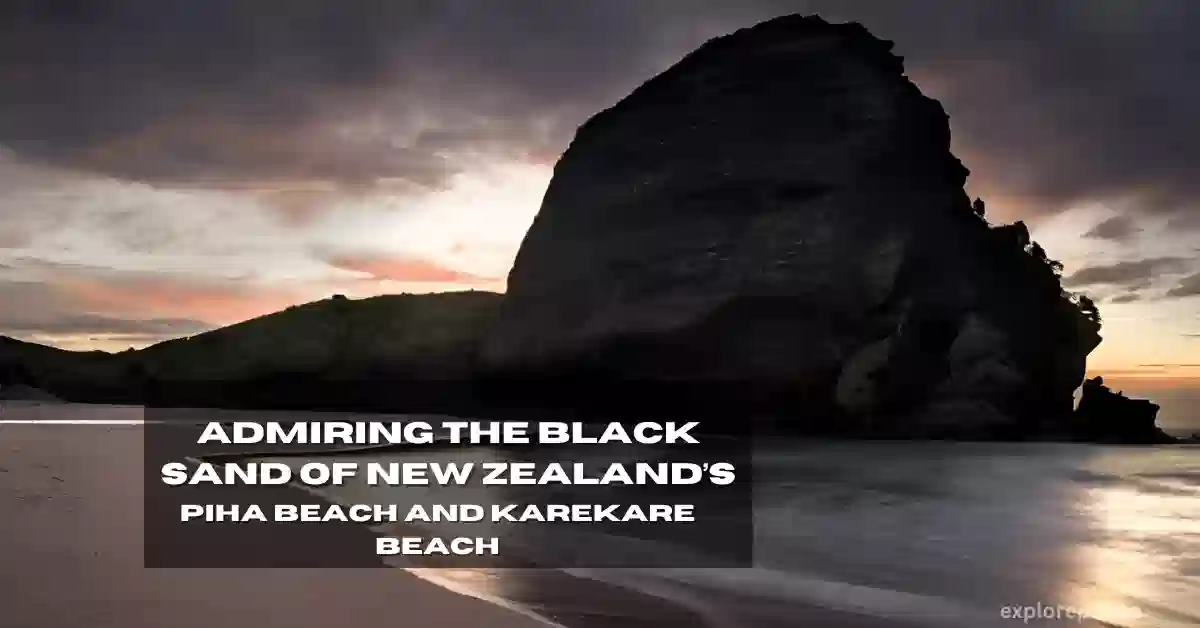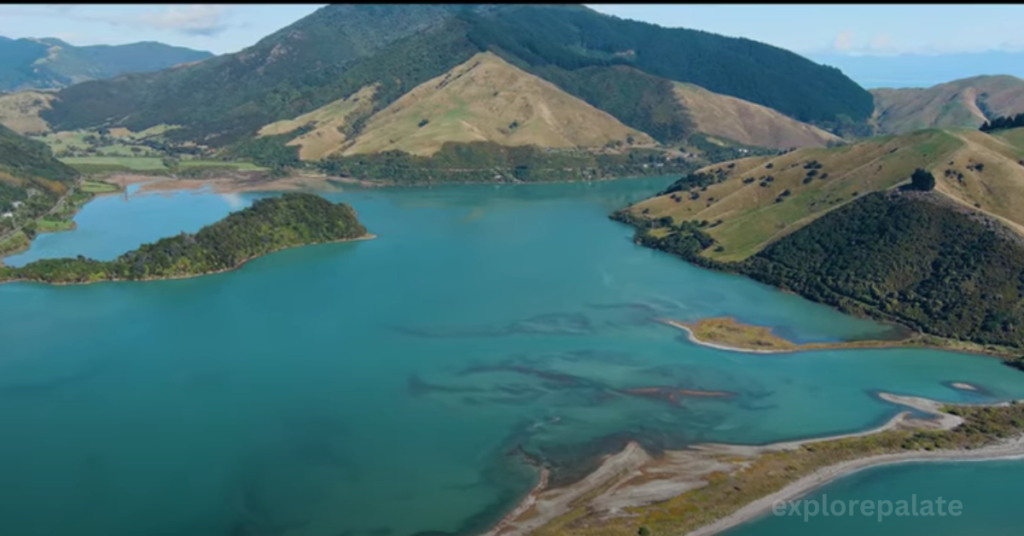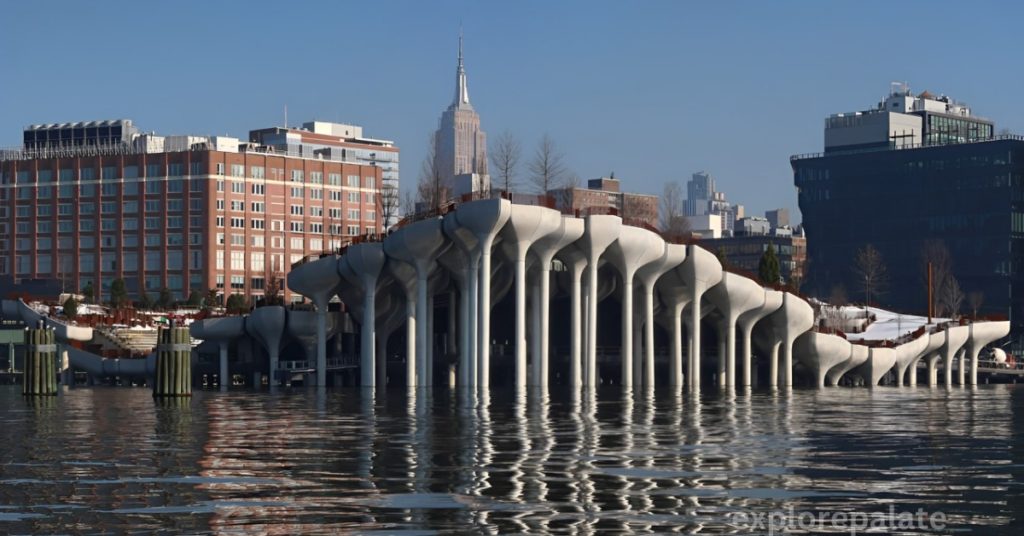The West Coast of New Zealand’s North Island boasts a unique combination of natural wonders that inevitably capture the heart of any beachgoer. Among these are the iconic Piha Beach and Karekare Beach, known famously for their distinctive black sand that tells a tale of ancient volcanic eruptions. This sand isn’t your typical beach blanket; it’s infused with minerals and iron oxide, making for an otherworldly experience that is massively appealing yet escape-invoking.
Unique Allure of Volcanic Sands
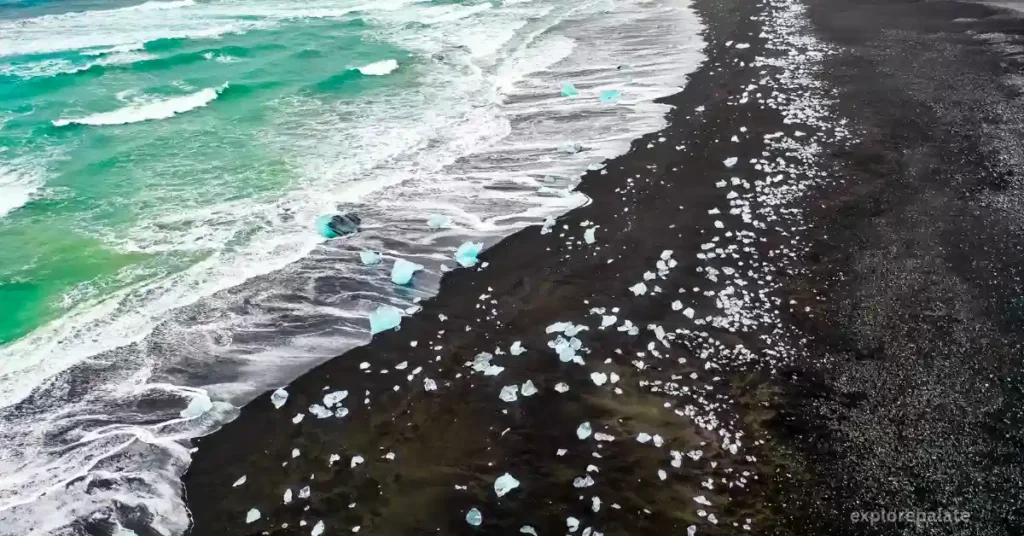
As I stand on the rugged coast of Piha Beach, I am transported back to the summer days of my childhood in Georgia, where the heat and humidity would turn our house into an oven. Back then, the attic fan seemed like one of those pointless inventions, a futile battle against the hot, wet air, much like the flying roaches that were a plague in the south during those humid months. The temperature often reached triple-digit weather, and a cocktail was the only indulgence that could cool off the full-on heat.
Yet, here in New Zealand, with the expansive views of the West Auckland beach, the volcanic eruptions have gifted us with black sand that’s as intriguing in texture as it is in heat absorption. Unlike the hot days with no AC to offer respite, the ocean provides a cold shower, rendering the need for man-made air conditioning completely unnecessary.
Historical Touch at Every Turn
As you walk towards Lion Rock, the remnants of a volcano now an eroded neck of land and a small island, you’re walking through history. The presence of Te Kawerau a Maki and Te Piha lingers as the customary authority for this rugged coast.
The proximity of the Waitakere Ranges Regional Park provides an escape from the hustle and bustle of city life. The picturesque forest walks, nearby wineries, and serene boat rides offer memorable experiences beyond the spectacular beaches. In the West, they say, every excursion is an indulgence.
A Cinematic Backdrop
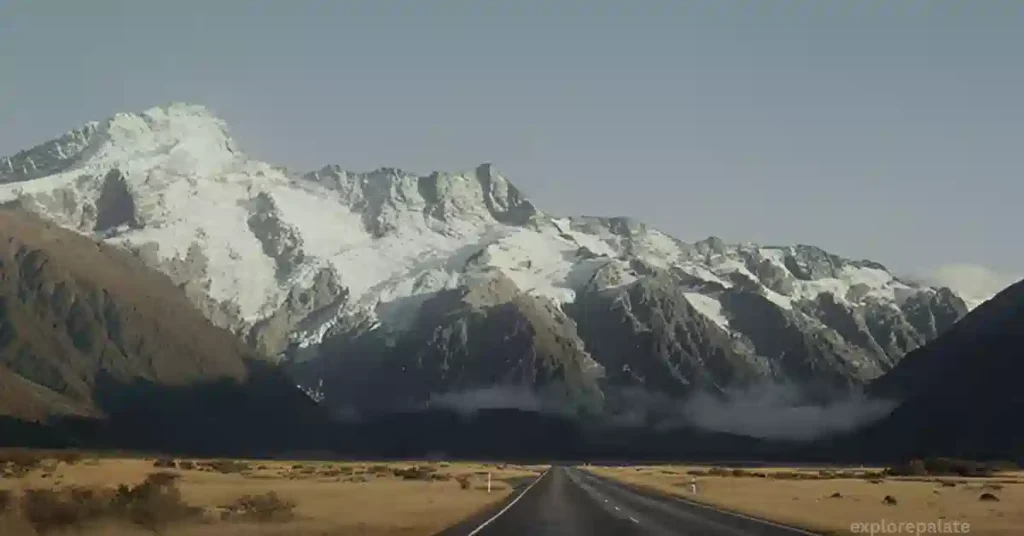
It’s not just beautiful landscapes and surfing that these beaches are known for; they also served as the backdrop for the Oscar-winning movie, The Piano. The drama and isolation captured in the film mirror the peaceful quiet that you can find here, amidst the sparkling blue water and massive rock formations.
When you stand framed against the distant Waitakere City, with the black sand beneath your feet and your eyes set towards the horizon, you’re not just at a beach, you’re in a place where memorable experiences are just as massive as the historical rock formations around you. A picturesque escape that’s more than worth it – this is what characterizes a true Wanderlust Wednesday excursion.
The Personal Touch
I’ve always considered myself more of an attic fan person, preferring the cool-off from an open window to the intrusive buzz of an AC unit. But here, where the temperature can sometimes be as hot as summer days back at my old marsh-side house, the humid months barely touch you.
You don’t have to dread the suffering of the oven-like heat or be plagued by flying roaches—none of that exists here. Even as a city-dweller who’s seen the miserable wet air condense into sweat on hot days, being by the ocean is an entirely different story. Here, every breath is an immersive experience, every sunrise an unforgettable view, and every step a story in itself, capturing the essence of New Zealand’s North Island.
Ample Opportunities for Adventure
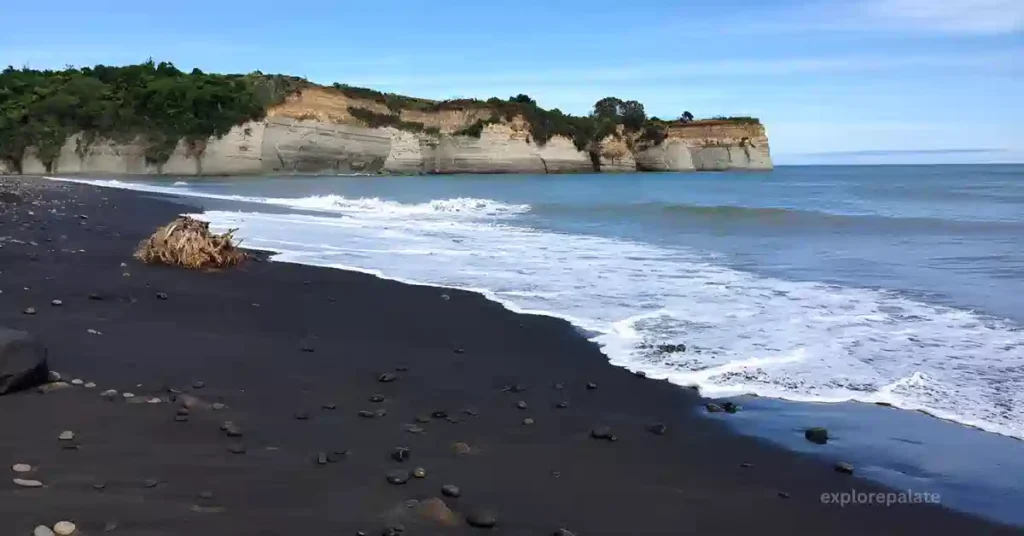
While exploring the outskirts of Auckland, you’re in for an adventure with every turn. For those seeking an escape from the city noise or the daily grind, the serene panorama offers a kind of quiet that city parks can’t. Every visit fills me with the kind of wintertime escape thrill—like I’m a happy camper, finally finding solace from the hustle and bustle.
And let’s not forget, aside from the beach itself, there’s no lack of activities. Forest walks, ventures into the Waitakere Ranges Regional Park, or cultural experiences from West Auckland’s former inhabitants, make every trip here—no matter how brutally hot or temperate—an exploration into a new world.
Conclusion
The West Coast’s black sand beaches on New Zealand’s North Island are a marvel of nature’s alchemy, where the remnants of volcanic fury have crafted shores of magnetic, mineral-rich sands. These beaches offer more than a seaside experience; they are a narrative of geological wonders, historical richness, and cinematic beauty. Far from the oppressive heat of an AC-less summer, they provide a natural respite where the ocean’s cool embrace and the land’s storied past offer a truly unforgettable adventure.
You Might Also Like
FAQs
Why does Piha Beach have black sand?
Piha has a famous black sand beach, this sand is the eroded remains of volcanic rock mainly from the Taupo volcanic zone, and swept out to the Tasman Sea by the Waikato River. The sand is a titanomagnetite with a high iron content.
What is the black sand beach in New Zealand?
Piha is a scenic black-sand surf beach on the rugged coast west of Auckland. There are several walks through native forests in the surrounding hills.
Why does New Zealand have black sand?
The black sand found on the west coast of the North Island is made of titanomagnetite – a mixture of titanium and iron. This soft material comes from Mount Taranaki and is swept up the coast as far as North Cape – a distance of about 400 km – ground into rounder and finer grains as it goes.
Why is it called Black Sand Beach?
Black sand comes from eroded volcanic material such as lava, basalt rocks, and other dark-colored rocks and minerals, and is typically found on beaches near volcanic activity. Black-sand beaches are common in Hawaii, the Canary Islands, and the Aleutians.

